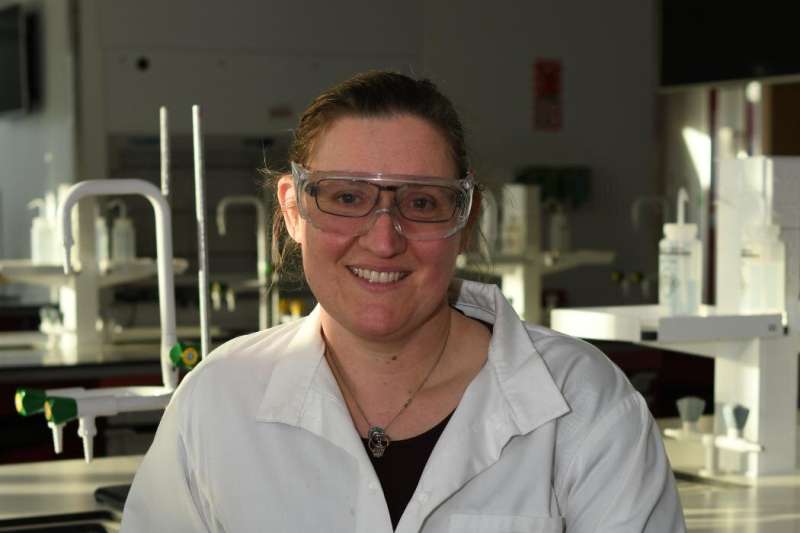Controlling vitamin K2 production in the tuberculosis bacteria

A team of New Zealand researchers led by a University of Canterbury (UC) scientist has discovered a novel mechanism of controlling vitamin K2 production in the bacterial pathogen that causes tuberculosis (known as TB or the white plague).
The finding, which is the cover story of the latest issue of the Journal of Biological Chemistry, reports that an enzyme called MenD from an early step in the process of making vitamin K2 is controlled by one of the chemicals produced from a later step, just before the vitamin K2 molecule is completed. This so called "feedback inhibition" allows the pathogen to slow down or speed up how much vitamin K2 is made (too much or too little is toxic, like Goldilocks they need the amount "just right").
The understanding of how bacterial pathogens like the one that causes TB might control vitamin K2 levels was lacking and this helps scientists understand a key part of that puzzle.
"As far as we know, this is the first time that allosteric regulation has been reported for the menaquinone (vitamin K2) biosynthesis pathway in any domain of life," says lead investigator and Senior Lecturer Dr. Jodie Johnston, of UC's School of Physical and Chemical Sciences and Biomolecular Interaction Centre.
This ability to control vitamin K2 levels is likely to help the pathogen to adapt to the sometimes hostile and changing environment in the human host during infection. Since humans do not produce vitamin K2, the enzymes that work together to produce it in bacteria are considered possible targets for new antimicrobial drugs. The discovery of this regulation site, and the reporting of the 3-D map of that site, provides a new target for creating selective drugs to treat tuberculosis.
The team of Marsden-funded scientists consist of three mid-career researchers with young families, who are all affiliated with the Maurice Wilkins Centre (MWC): lead investigator Dr. Jodie Johnston at the University of Canterbury, and Dr. Ghader Bashiri and Dr. Esther Bulloch both from the School of Biological Sciences at the University of Auckland.
The team combines their biochemical expertise to study bacterial and viral pathogens to reduce the impact of infectious diseases killing millions worldwide per year. They plan to work together in the future to unravel more mysteries about the TB causing pathogen.
Dr. Johnston's laboratory (supported by Canterbury Medical Research Foundation and MWC funding) is already tackling work on other pathogens such as the bacteria Staphylococcus aureus, which causes MRSA, a difficult-to-treat infection that most often occurs in healthcare settings.
More information: Ghader Bashiri et al. Allosteric regulation of menaquinone (vitamin K2) biosynthesis in the human pathogen Mycobacterium tuberculosis, Journal of Biological Chemistry (2020). DOI: 10.1074/jbc.RA119.012158
Journal information: Journal of Biological Chemistry
Provided by University of Canterbury





















